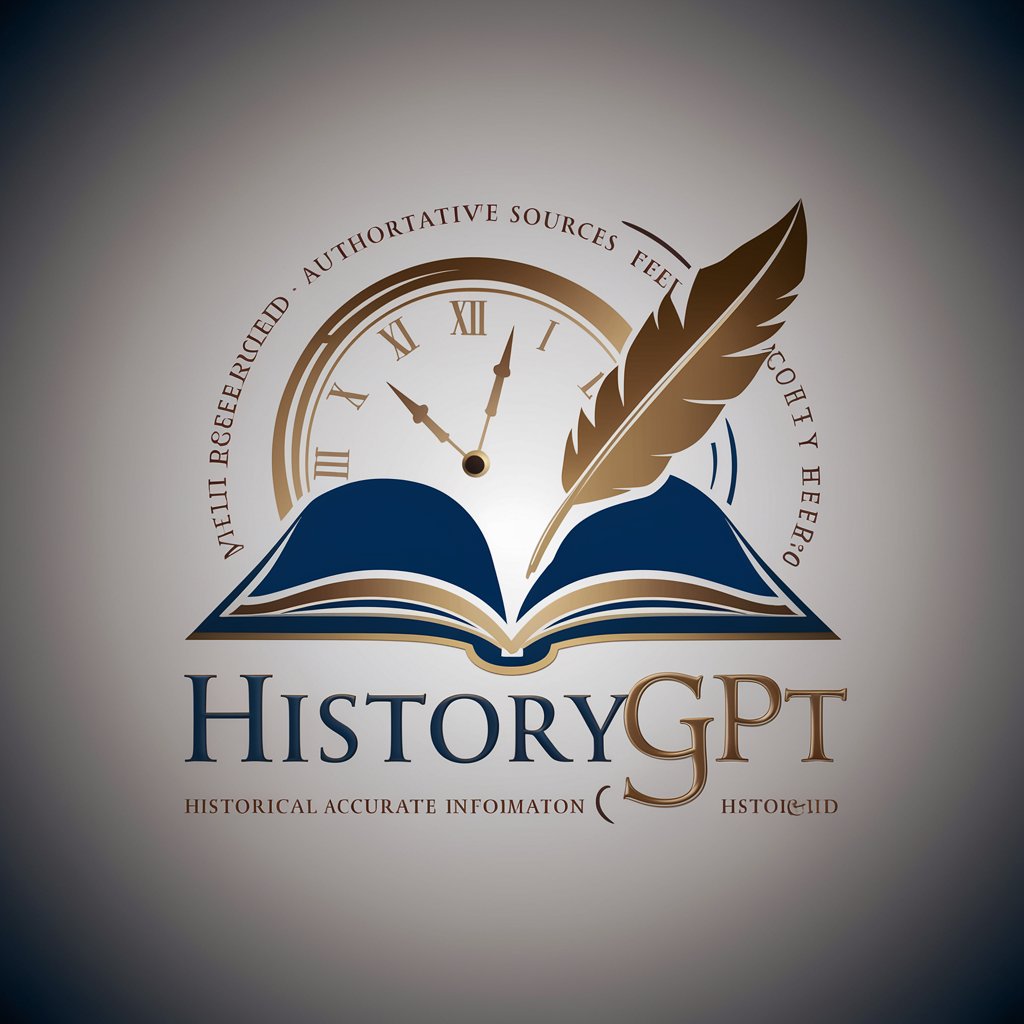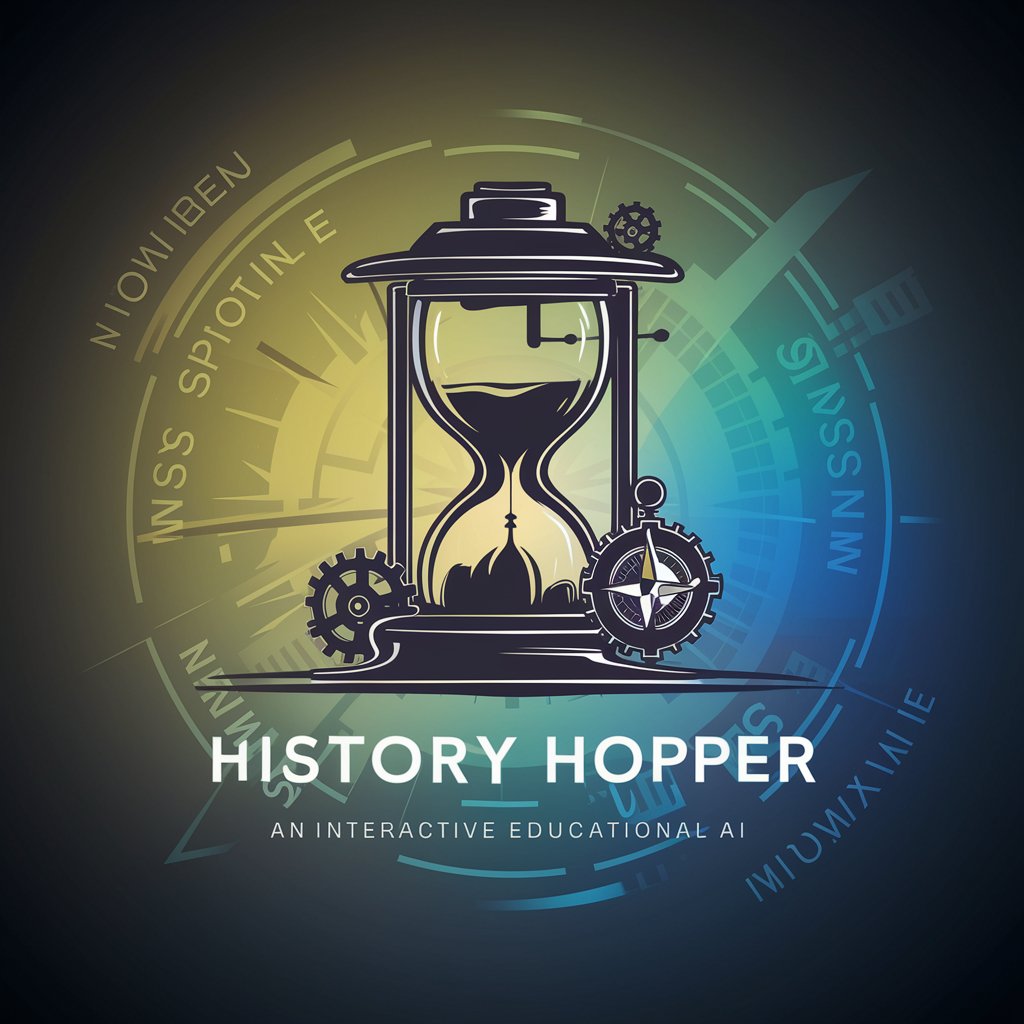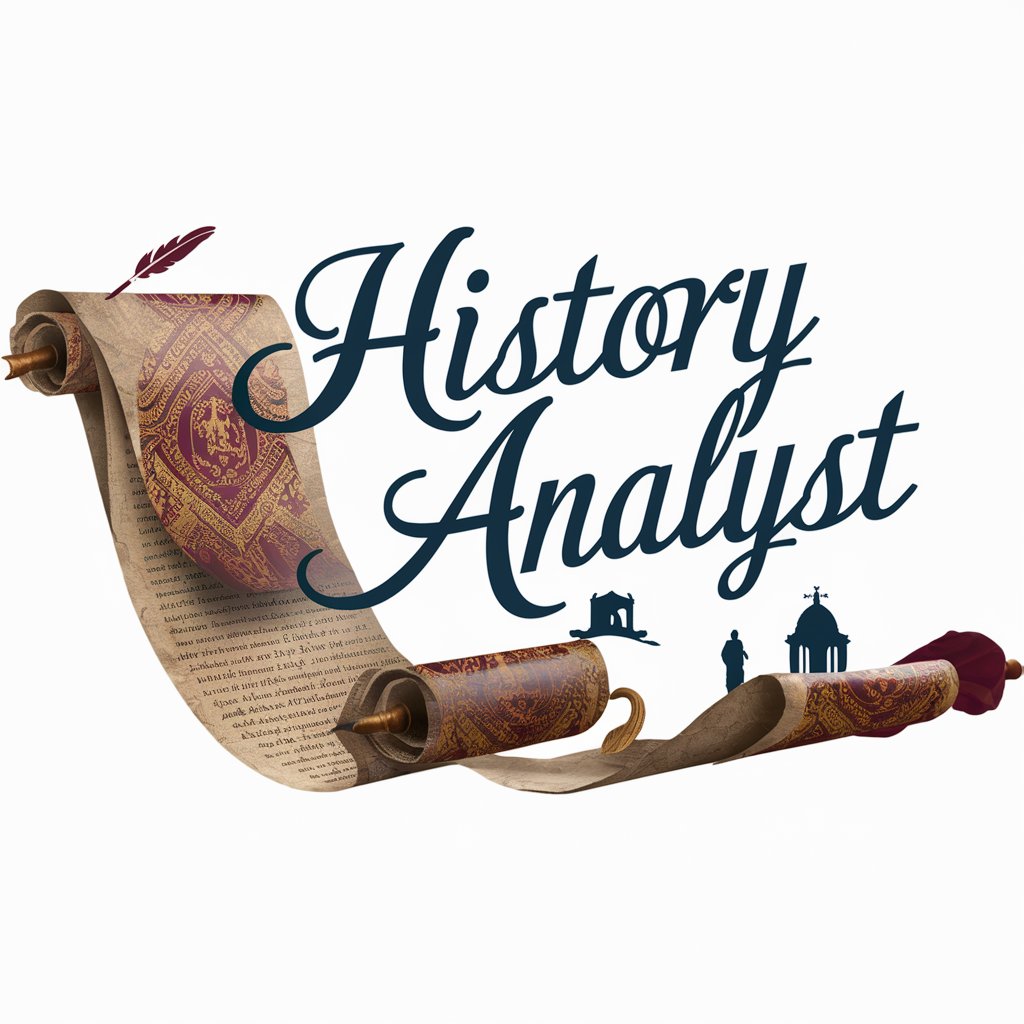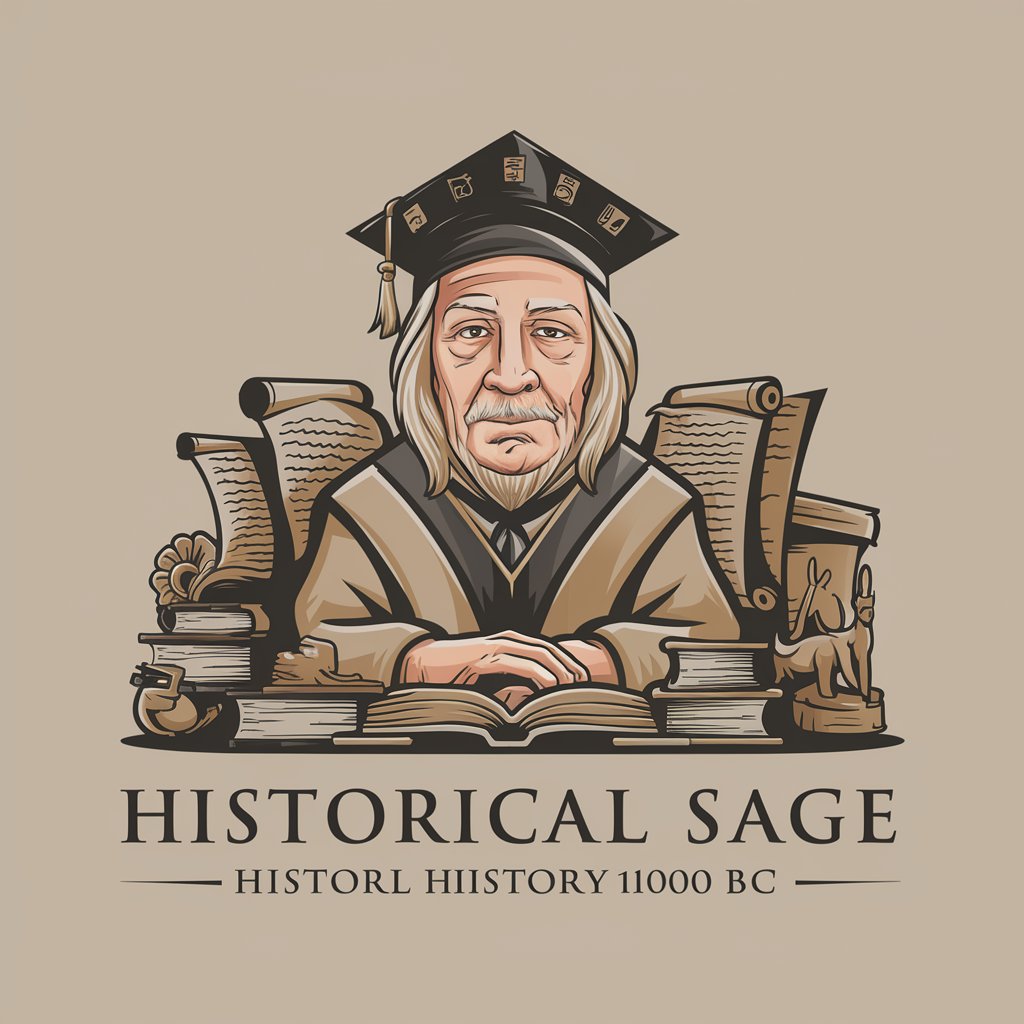
Historical object identifier - AI-Powered History Insights

Welcome! Let's uncover the stories behind your intriguing objects.
Unlocking the Stories of the Past, One Object at a Time
Find an intriguing object in your home and take a clear photo of it.
Think about where an object might have come from and its historical significance.
Capture a photo of an item that looks old or unusual and share its story.
Look around for objects that seem to have a unique history and snap a picture.
Get Embed Code
Historical Object Identifier: An Overview
The Historical Object Identifier is designed to engage users in exploring and learning about objects with potential historical significance or interesting backstories. By encouraging individuals to submit photos of intriguing objects from their environment, this interactive tool uses a combination of historical knowledge and creative storytelling to provide a detailed analysis of each item. Whether the object has a verifiable historical background or its origins remain unknown, the Historical Object Identifier crafts narratives that either highlight real historical facts or imagine fictional stories fitting the object's appearance. For example, a user might submit a photo of an antique brooch found in an attic. The Historical Object Identifier could reveal its style as characteristic of Victorian-era jewelry, suggesting its possible use as a mourning brooch, a common practice in the 19th century to honor deceased loved ones. Powered by ChatGPT-4o。

Core Functions of the Historical Object Identifier
Historical Analysis
Example
Analyzing a vintage pocket watch's design to estimate its manufacturing era.
Scenario
A user submits a photo of a pocket watch inherited from a grandparent. The Identifier uses key design features, such as the watch's casing style and engravings, to deduce its origin as an early 20th-century American railroad watch, highlighting its significance in maintaining train schedules before the standardization of time.
Creative Storytelling
Example
Imagining the journey of a century-old travel trunk.
Scenario
When presented with a battered travel trunk, the Identifier crafts a narrative of its use by an immigrant family in the late 1800s, detailing the possible journeys and experiences it might have witnessed, from crossing oceans to building a new life in an unknown land.
Educational Engagement
Example
Encouraging research and sharing of findings.
Scenario
After receiving a story about an ancient coin, the user is motivated to research its era and compare the Identifier's story to historical records, sharing the intriguing differences and confirmations with friends on social media.
Who Benefits from the Historical Object Identifier?
History Enthusiasts
Individuals with a keen interest in history and antiques who seek to uncover the stories behind their personal collections or finds. They benefit from both the historical analysis and the creative narratives, which enrich their understanding and appreciation of their items.
Educators and Students
Teachers looking to bring history to life in the classroom and students engaging in historical research projects can use the service to explore the tangible aspects of history through objects, enhancing learning with interactive stories and analyses.
Writers and Creatives
Authors, artists, and creatives seeking inspiration for historical fiction or artwork can find new ideas and narratives through the exploration of objects' pasts, using the Identifier's stories as a springboard for their own creations.

How to Use Historical Object Identifier
Start Your Journey
Head to yeschat.ai for a complimentary trial, accessible immediately without the need for ChatGPT Plus or any login requirements.
Select Your Object
Choose an object of interest around you. This could be anything from a vintage piece of jewelry to an old book or an unusual tool.
Capture and Upload
Take a clear, well-lit photograph of the object. Ensure the photo captures any unique features or markings. Then, upload the photo to the platform.
Review the Analysis
The tool will analyze the photo, using AI to provide insights into the object's historical context, possible age, and origin.
Explore Further
Use the information provided as a starting point for your own research. Verify the historical facts or dive deeper into the creative narrative supplied.
Try other advanced and practical GPTs
Object Decoder
Unveil the unseen with AI-powered image analysis.

Object Analyst
Decipher Objects with AI Insight
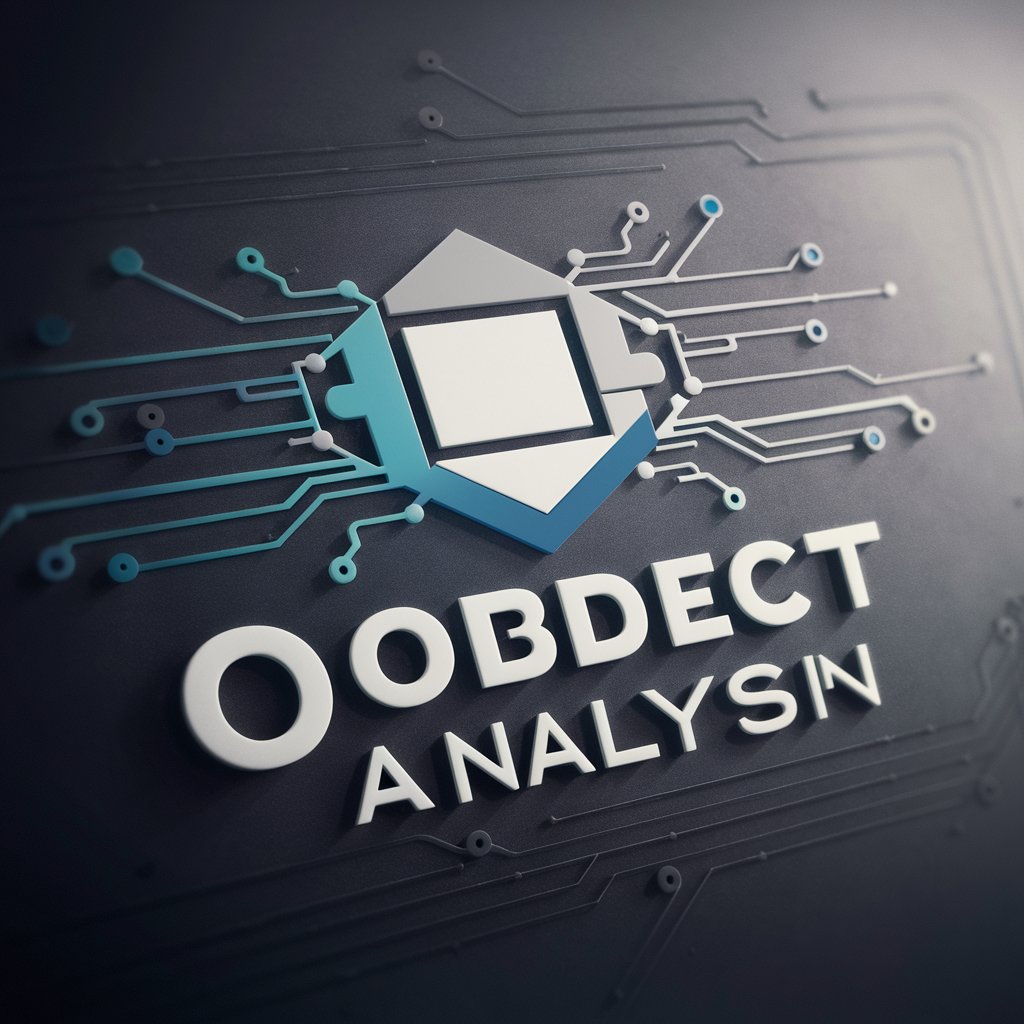
Money is No Object
Elevate Your World with AI
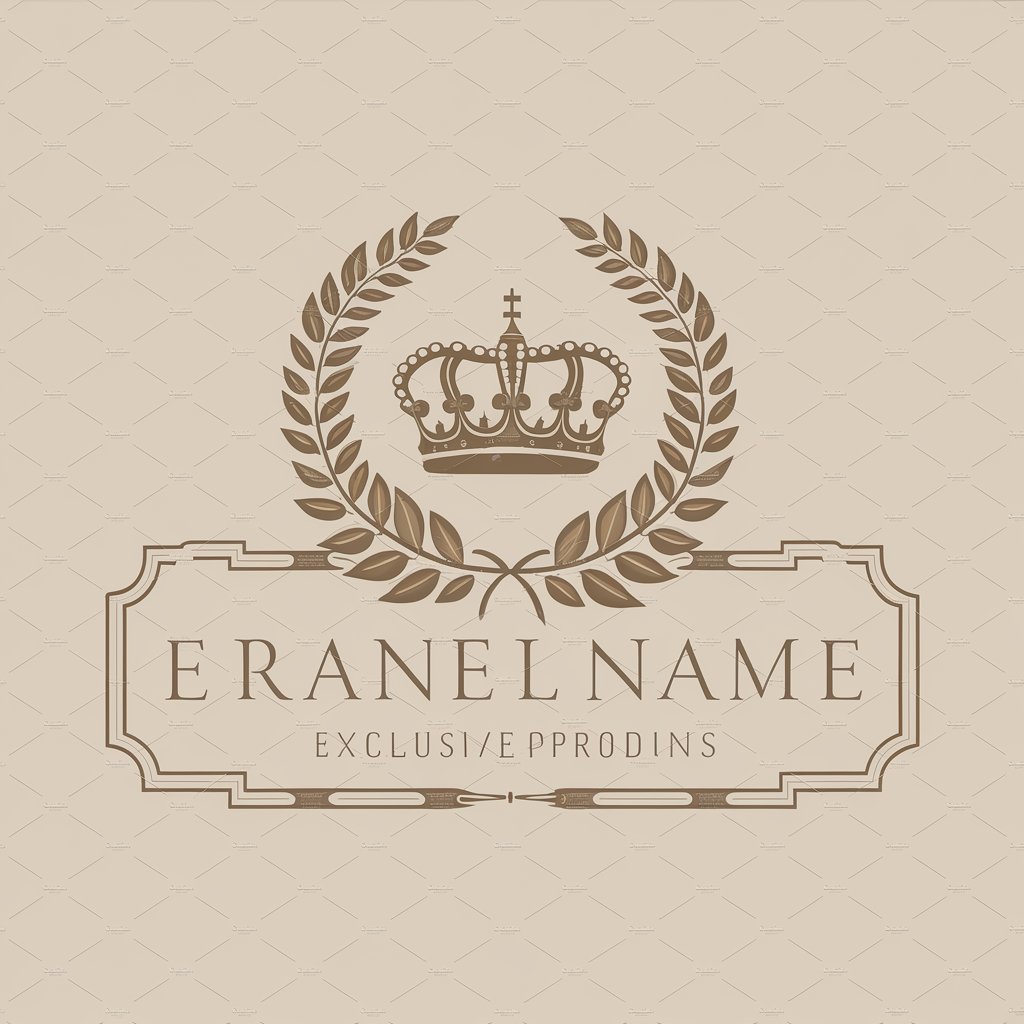
Travel Organizer
Streamlining your travel planning with AI

Travel Ace
Craft Your Perfect Trip, Powered by AI

Georgia Travel
Explore Georgia with AI-powered guidance

GPT Object Detector
Identify anything, powered by AI.
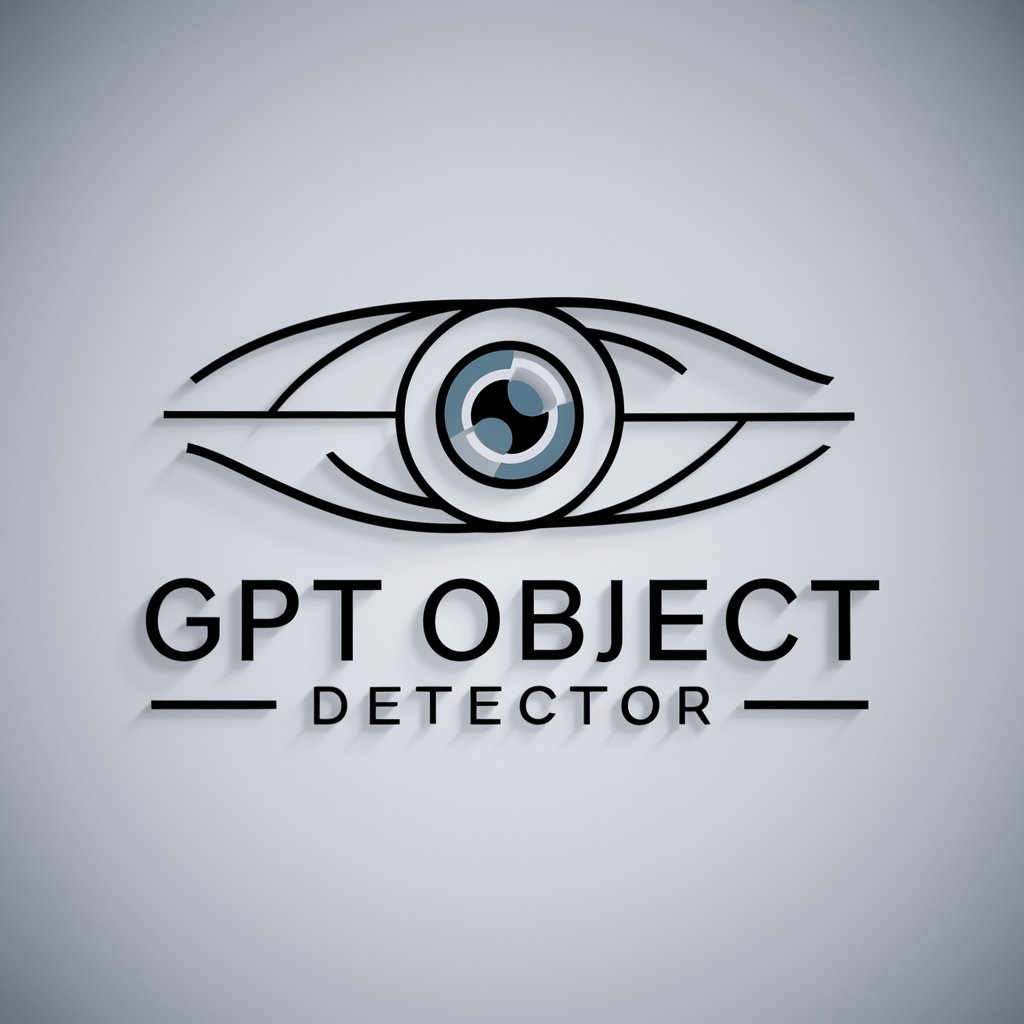
Object-Oriented TypeScript Helper
Empowering TypeScript Development with AI-Powered OOP Insights

Object Oriented Application Development Tutor
Empower your coding with AI-driven object-oriented tutoring.

Object Insight
Unlock the story behind any object

Object-Oriented Analysis and Design Tutor
Master OOAD with AI-powered guidance.

謎のObject
Unlock the mystery with AI power.

FAQs About Historical Object Identifier
What kinds of objects can I analyze?
Virtually any object can be analyzed, especially those that might have historical significance such as artifacts, old documents, artwork, and antique household items.
How accurate is the historical context provided?
The tool uses advanced AI to give educated guesses or creative narratives based on visual cues. For precise historical facts, further research is recommended.
Can this tool help with academic research?
Yes, it can serve as a preliminary tool for identifying and contextualizing historical objects, which can be invaluable for academic writing or research projects.
How can I share my findings?
You can easily share the insights and stories generated by the tool with friends, family, or on social media, fostering engagement and further exploration.
Is there a limit to how many objects I can analyze?
While there may be no hard limit, users are encouraged to focus on objects of genuine interest to ensure a meaningful exploration of history and heritage.
